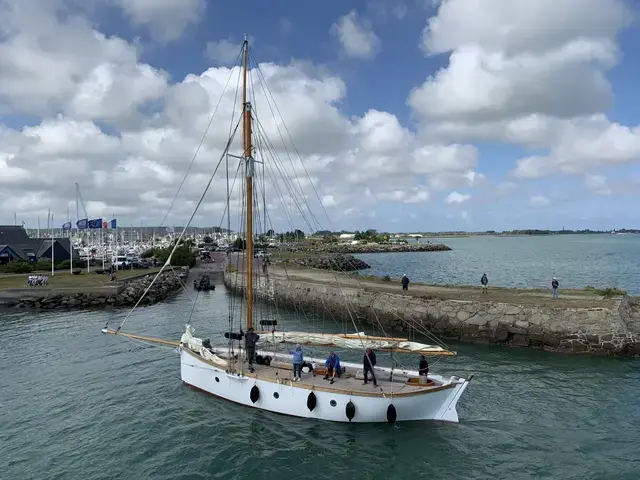



























































































































CONTACT SELLER
Wooden Ships Yacht Brokers
France United Kingdom


OFFERED BY
Wooden Ships Yacht Brokers
LOCATION
France United Kingdom
YEAR
1887
LENGTH
60.01 ft.
Condition
Used
Year
1887
Make & Model
Classic G.L. Watson Gaff Cutter
Boat type
Sail
Length
60.01 ft.
Location
France United Kingdom
Tax status
Inc VAT
Wooden Ships Comments on this G.L. Watson Gaff Cutter
Designed by G.L. Watson and according to the Greenock Herald, she was launched on 24th April 1887 from the yard of Thomas Orr Jr. from his Greenock yard on the Clyde.
Rebuilt by the Chantier Bernard in St Vaast, France. Relaunched in 2017.
Designed by G.L. Watson, this yacht was launched on 24th April 1887 from the yard of Thomas Orr Jr. in Greenock on the Clyde, according to the Greenock Herald.
Rebuilt by the Chantier Bernard in St Vaast, France, she was relaunched in 2017.
The yacht was commissioned by Robert Cowan Robertson, a student at the Glasgow School of Art and a contemporary of Charles Rennie Mackintosh.
This commission was No.134 for Watson, with lines based on the Loch Fyne Skiff type fishing vessels, known for their distinctive stern, generous freeboard, and straight stem.
One of her defining features is her interior, with most of the salon joinery being original. The elaborate decor reflects Robertson's wealth and artistic inclinations, characteristic of Clydeside fashionable interiors of the time. Notably, a pair of stained glass sliding panels depicting a stylised Scottish thistle exemplifies the yacht's essence, history, and period.
The raised and fielded oak panelling, fluted pilasters, Ionic capitals, and egg and dart cornice throughout the saloon represent the highest standard of joinery.
Purchased by the current owner in 2009, a major rebuild commenced, involving every aspect of the hull, rig, systems, and interior. The keel was removed, the stem replaced, and 80% of the planking and frames were renewed. A complete new deck structure and interior were either replaced or refurbished, along with all new systems and a complete new rig. This remarkable rebuild was envisioned by the yacht's eccentric owner, whose ambition, vision, and drive have revitalized this unique yacht.
The yacht was relaunched again in 2017.
This yacht is a completely unique piece of maritime history, unusual in design, rich in history and pedigree, with a stunning interior first conceived and fitted over 125 years ago.
SpecificationsLength on Deck: 13.95m / 45’10”
Length Waterline: 13.7m / 45’
Beam: 3.65m / 12’
Draft: 2.35m / 7’
Thames Tonnage: 26TM
ConstructionHULL
Hull Material
wood
The Classic G.L. Watson Gaff Cutter is 60 feet long. The Classic G.L. Watson Gaff Cutter is made of wood.
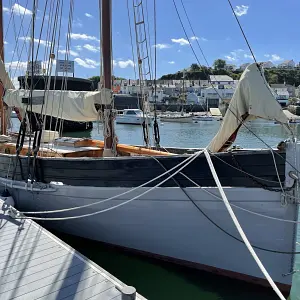
LENGTH:
66.01 ft.
|
YEAR:
1907
LOCATION:
Devon
OFFERED BY:
Wooden Ships Yacht Brokers
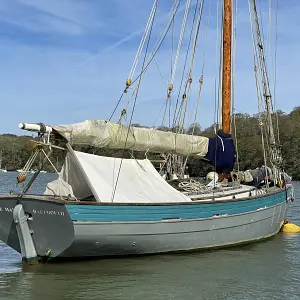
LENGTH:
54.0 ft.
|
YEAR:
1980
LOCATION:
Devon
OFFERED BY:
Wooden Ships Yacht Brokers

LENGTH:
54.0 ft.
|
YEAR:
2013
LOCATION:
Scotland
OFFERED BY:
Wooden Ships Yacht Brokers
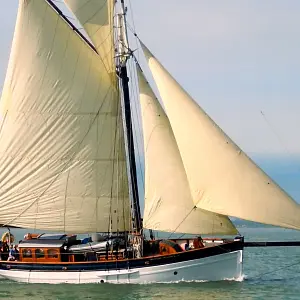
LENGTH:
60.01 ft.
|
YEAR:
2012
LOCATION:
Sussex
OFFERED BY:
Wooden Ships Yacht Brokers

LENGTH:
60.99 ft.
|
YEAR:
2009
LOCATION:
Hants
OFFERED BY:
Wooden Ships Yacht Brokers
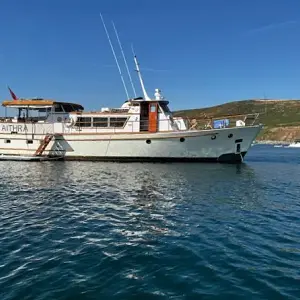
LENGTH:
62.99 ft.
|
YEAR:
1967
LOCATION:
Cornwall
OFFERED BY:
Wooden Ships Yacht Brokers

$369,000
LENGTH:
58.01 ft.
|
YEAR:
2002
LOCATION:
Fort Lauderdale, FL
OFFERED BY:
Denison Yacht Sales
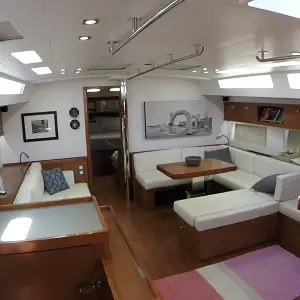
$395,000
LENGTH:
54.99 ft.
|
YEAR:
2014
LOCATION:
Fort Lauderdale FL
OFFERED BY:
Denison Yacht Sales
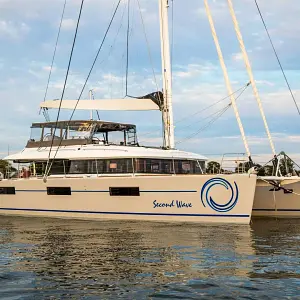
$1,995,000
LENGTH:
62.01 ft.
|
YEAR:
2020
LOCATION:
, Florida
OFFERED BY:
Northrop and Johnson
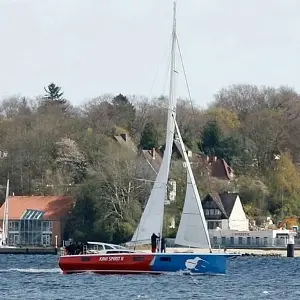
$625,000
LENGTH:
52.99 ft.
|
YEAR:
2017
LOCATION:
Portsmouth, Rhode Island
OFFERED BY:
Worth Avenue Yachts
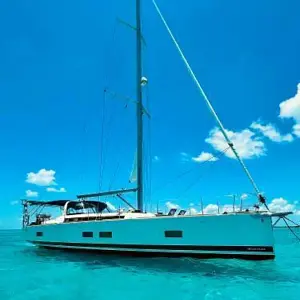
$479,000
LENGTH:
55.68 ft.
|
YEAR:
2015
LOCATION:
Lighthouse Point, Florida
OFFERED BY:
Rick Obey Yacht Sales
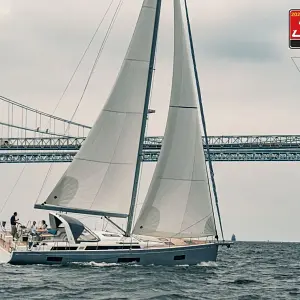
LENGTH:
56.17 ft.
|
YEAR:
2025
LOCATION:
Houston & New Orleans, Louisiana
OFFERED BY:
Murray Yacht Sales

LENGTH:
66.01 ft.
|
YEAR:
1907
LOCATION:
Devon
OFFERED BY:
Wooden Ships Yacht Brokers

LENGTH:
54.0 ft.
|
YEAR:
1980
LOCATION:
Devon
OFFERED BY:
Wooden Ships Yacht Brokers

LENGTH:
54.0 ft.
|
YEAR:
2013
LOCATION:
Scotland
OFFERED BY:
Wooden Ships Yacht Brokers

LENGTH:
60.01 ft.
|
YEAR:
2012
LOCATION:
Sussex
OFFERED BY:
Wooden Ships Yacht Brokers

LENGTH:
60.99 ft.
|
YEAR:
2009
LOCATION:
Hants
OFFERED BY:
Wooden Ships Yacht Brokers
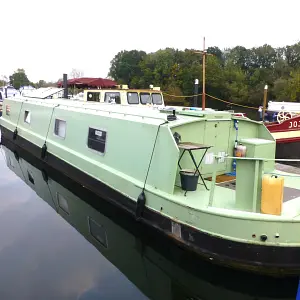
LENGTH:
56.99 ft.
|
YEAR:
2017
LOCATION:
Shepperton
OFFERED BY:
Boat Showrooms

LENGTH:
62.99 ft.
|
YEAR:
1967
LOCATION:
Cornwall
OFFERED BY:
Wooden Ships Yacht Brokers

LENGTH:
66.6 ft.
|
YEAR:
1927
LOCATION:
Medway
OFFERED BY:
Waterside Boat Sales Ltd

LENGTH:
59.97 ft.
|
YEAR:
2005
LOCATION:
Shepperton
OFFERED BY:
Boat Showrooms

LENGTH:
65.0 ft.
|
YEAR:
1936
LOCATION:
Bangor
OFFERED BY:
Dickies Marine Services Ltd

Wooden Ships Classic Boat Brokers, a family-run business, specializes in selling classic sailing and motor yachts in the UK, Europe, and internationally. The Gregsons, who have extensive experience in boat repair, engineering, and sailing, offer impartial, expert advice to help customers find the perfect boat for their needs. They have an extensive database of boats for sale, including sailboats, classic yachts, motor yachts, and small classic boats. To sell your classic boat